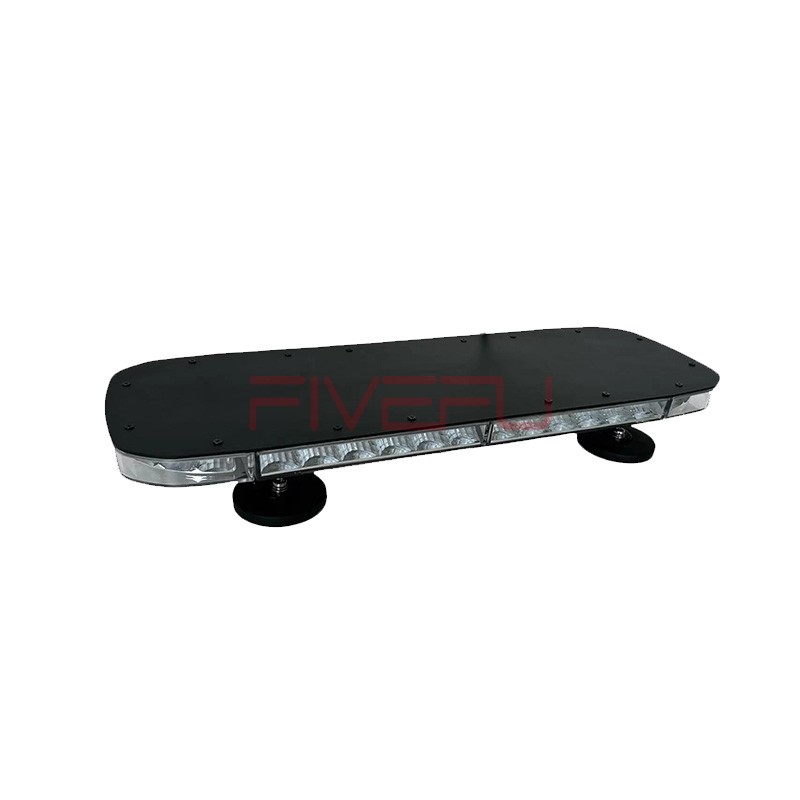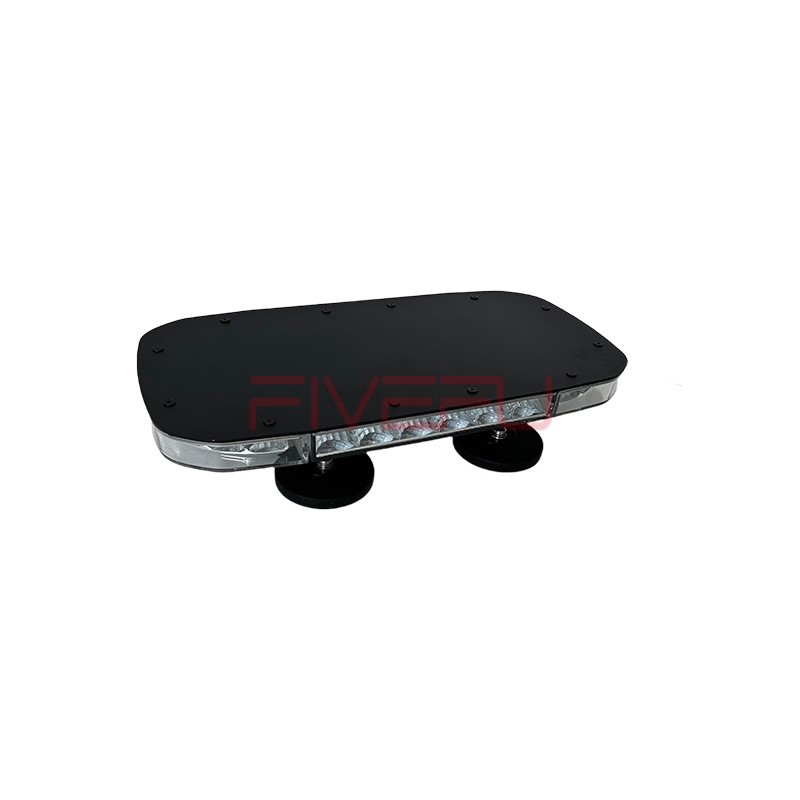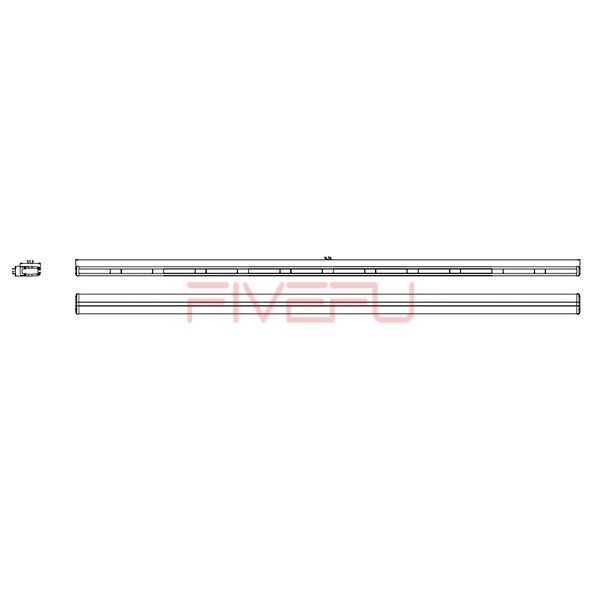Driving with customized LED lights seems cool, but it can quickly turn into a costly mistake. Many drivers don’t realize that improper LED lighting can lead to fines or even vehicle impoundment. Knowing the laws and using LED lights safely keeps you stylish and compliant.
Yes, you can get pulled over for LED lights if they violate state traffic or safety laws. Common violations include using flashing, strobe, or colored lights that resemble emergency vehicles. Blue and red lights are especially restricted for civilian use, and bright interior or underglow lights can distract other drivers or reduce visibility at night.
LED lighting laws vary by region, and understanding them is essential before installation. Below, we explore when LED lights are legal, when they’re not, and how to avoid getting pulled over.
Are LED Lights Illegal on Cars?
LED lights themselves are not illegal, but how and where you use them can be. States regulate lighting to ensure road safety and avoid confusion with emergency vehicles. Generally, LED headlights and fog lights are legal if they meet brightness and color standards—usually white or amber for front-facing and red for rear-facing lights.
However, colored LED underglow, interior accent lights visible from the road, or strobing effects often break laws. For instance, in California and Texas, any blue or red LED visible from the front of a car is prohibited unless used by police or emergency responders. Even white LED strips can be illegal if they flash or interfere with other drivers’ vision.
When Can LED Lights Get You Pulled Over?
Police may pull you over if your car lights appear distracting, miscolored, or excessively bright. If an officer believes your lighting creates confusion or mimics emergency signals, you could face a citation. For example, driving with blue underglow might make your vehicle look like a police car, leading to immediate stops.
Also, interior LED lights visible outside the vehicle can attract attention. In some states, police can issue warnings or tickets even if the lights are not flashing but are deemed too bright. The penalties usually include fines, fix-it tickets, or orders to remove the lights before inspection renewal.
What Types of LED Lights Are Usually Legal?
White and amber LED headlights that meet DOT (Department of Transportation) standards are legal in most areas. Interior ambient lighting is also allowed if it doesn’t distract the driver or illuminate the road. Some underglow lights are permitted when they don’t flash and are hidden from direct view.
To stay safe, follow these simple rules:
-
Use white or amber LEDs for front lighting only.
-
Keep red LEDs at the rear for tail or brake lights.
-
Avoid flashing, strobing, or rotating patterns entirely.
-
Check your state’s vehicle code for specific restrictions.
Many car enthusiasts use LED accent lights that automatically dim or switch off while driving, which keeps them compliant while maintaining the desired aesthetic.
What Happens If You’re Caught with Illegal LEDs?
If an officer stops you for illegal lighting, you might receive a warning, fine, or order to remove the LEDs. In serious cases—like using red or blue strobes—you could face misdemeanor charges for impersonating an emergency vehicle. Repeat offenders may have their vehicles impounded or fail state inspections until the lights are corrected.
Insurance rates could also be affected if illegal modifications are found after an accident. Moreover, car manufacturers or aftermarket installers are not responsible for user misuse, so fines fall solely on the driver.
How to Avoid Trouble When Installing LED Lights
Before adding any LED lighting, check your local vehicle code or DMV website for specific color and brightness limits. Look for DOT-approved products labeled “street legal.” If you’re adding underglow or interior lights, use switches that allow you to turn them off while driving.
Professional installers can help ensure compliance. They often know state-specific rules and can set your LEDs to operate only under safe, legal conditions. Following these steps keeps your car both stylish and law-abiding.
Can You Use LED Lights While Parked?
Yes, most states allow LED underglow or accent lights when your car is parked off public roads, such as in shows or private properties. Problems arise only when the lights are active during driving on public highways. Always turn off colorful or flashing LEDs before re-entering traffic.
Final Thoughts
Stay stylish but safe—follow lighting laws, avoid blue and red LEDs, and use street-legal brightness levels.









